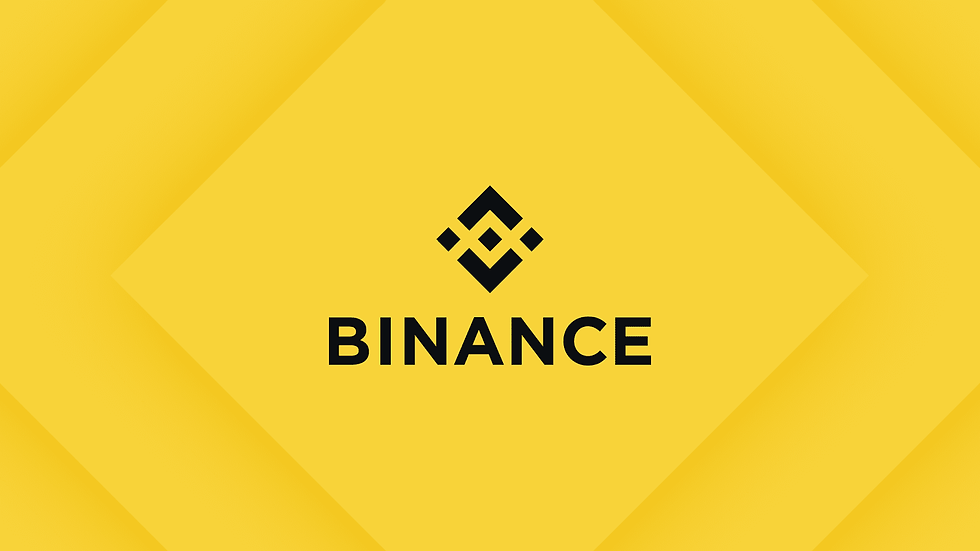Automated Market Maker (AMM): the New Generation of Market Makers
- ivanayanevavisionf2
- Jan 17, 2022
- 4 min read
Updated: Apr 30, 2024

Author: Eddy Paoletti
This post may contain affiliate links, which means I may receive a small commission, at no cost to you, if you make a purchase through a link
W.S. Jevons states: “The first difficulty in barter is to find two persons whose disposable possessions mutually suit each other’s wants. There may be many people wanting, and many possessing those things wanted; but to allow of an actual act of barter there must be a double coincidence, which will rarely happen”. To understand the market, the problem should be explored first.
Introduction to the order book
In the asset trading system, the order book allows supply and demand to meet. The most important is the Central Limit Order Book (CLOB). This peer-to-peer mechanism lets makers represent the subject that provides liquidity. Then, operators can buy or sell at any time at the price defined by the mechanism of the order book. To elaborate, these takers are the customers who are going to pay for the maker’s orders.
When order books are inefficient
The order book system enables the creation of complex financial markets. However, in markets with low liquidity, makers have difficulty placing their orders. For example, markets with low capitalization. Single operators can create strong price variations. So, makers are disincentivized to place orders involving small and expensive transactions. But, which markets have these characteristics and how would AMMs face this issue?
Automated Market Maker (AMM)
Due to decentralized finance, multiple markets have the previously mentioned characteristics. Many tokens were born that need to be exchanged with other currencies to have value. Therefore, AMMs are having a lot of success. This system ensures constant liquidity at every price level. Also, anyone who owns the required tokens can provide liquidity. Thus, passive financial intermediation is created.
How does AMM operate?
The AMM mechanism is based on liquidity pools. These funds follow rules defined by a script, a “smart contract”, in the blockchain environment. By executing the lines of code, the smart contracts function automatically and autonomously. Below is an example of a liquidity pool containing two tokens.
A practical example of AMM
Consider a stablecoin (token with a constant value of $1) and a token with a variable value:
1. DAI: stablecoin collateralized by other variable tokens. The value is kept at $1 through a reserve maintained in cryptocurrencies. A smart contract called Maker Value manages this reserve. So, it has the power to liquidate collateral if it falls below its collateralization rate.
2. SAND: token related to the metaverse of The Sandbox. This virtual reality system is very similar to the real-world economic system.
You can trade Bitcoin and other altcoins with Binance. Click here to sign up.
To add liquidity, it’s important to provide equal value for the two tokens. So, assume that the two tokens are added for a counter value of $100. The SAND token has been given the symbolic value of $5. Meanwhile, the DAI is equivalent to $1 due to the fixed value. So, we should provide the pool with 10 SAND and 50 DAI. Consequently, the two quotes are $50. Also, we assume that the entire value of the pool is $500.

Next, an exchange takes place between the two cryptocurrencies. A commission is generated that increases the value of the pool. Consequently, the shares also increase in value. Usually, commissions are paid as a percentage of the transaction’s value. However, it’s important to analyze transactions within our quote. For example, a trader buys 10 SAND, paying 50 DAI. Considering our share was 1 in 5 of the entire pool, the change will be as follows:

So, the amount of SAND decreases from 10 to 8. On the contrary, the DAI increased from 50 to 60. Therefore, the price of the SAND varies. The next picture shows an increase from $5 to $7,5.

In this instance, an arbitrager could simply buy SAND. Then, its buying value would be $5 and it would be sold in the liquidity pool for $7,5.
The risks of AMM
However, it’s important to mention the potential risks of these investments. The smart contracts can have errors. Also, there can be a loss. For example, by liquidating your shares, returns could differ. Then, the value of the portfolio might be different than if nothing had been done. In this instance, the commissions don’t cover the capital loss.
Conclusion
So, liquidity pools are effective tools to increase the number of markets. Additionally, they provide liquidity. Moreover, liquidity pools allow many users to carry out passive financial intermediation. Still, there are risks like with all investments. However, understanding the system helps with making the right predictions, thus making a profit.





Comments